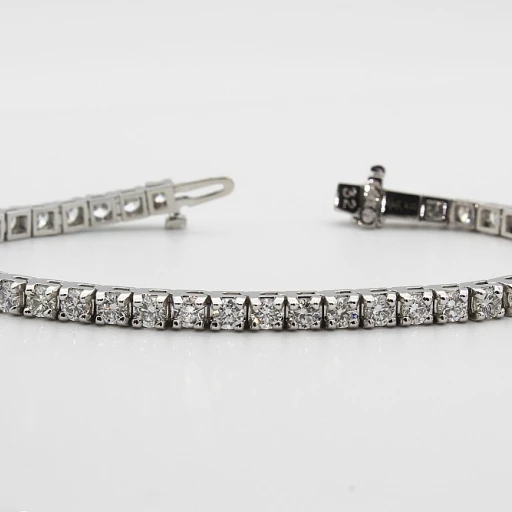The Basics of Ear Piercing
Understanding the Basics of Ear Piercing
Embarking on the journey of ear piercing can be both thrilling and a tad daunting, especially when faced with the intricate world of piercing charts. A well-structured chart guides novice and seasoned jewelry enthusiasts alike, breaking down the ear into various potential piercing sites such as the lobe, helix, and tragus, each offering their own unique flair and style potential.
The art of ear piercing is more than just placing a stud through the skin; it’s about selecting points that align with your individual style while considering factors such as anatomy and lifestyle. For those who wear fine jewelry regularly, the choice to pierce should also account for the longevity and sustainability of the materials used. "Choosing the Right Jewelry" to match your skin sensitivity and aesthetic is pivotal, ensuring your piercing remains a breathtaking statement and not just a fleeting trend.
Moreover, the type of earrings and metal you select can affect both healing and aesthetics. Understanding "Pain Levels and Healing Times" is essential; some piercings might seem alluring but come with a more intense maintenance routine. Just as you would maintain your fine jewelry to "protect your fine jewelry from everyday hazards," choosing the right placement and scheduling a consultation with a qualified piercer can circumvent potential snags and declutter any initial apprehension.
Navigating the choices on an ear piercing chart requires thoughtful consideration and an understanding of how each piercing will marry with your personal aesthetics and wardrobe. As you proceed, remember that "aftercare" is crucial to achieving an optimal transition into the adorned look of your dreams, while keeping your sparkle protected and in pristine condition. Ready to delve deeper? The trendy piercing ideas await your inspiration, offering a playground of possibilities to showcase your newfound knowledge.
Choosing the Right Jewelry
Selecting the Perfect Earrings for Your Style
When it comes to choosing the right jewelry for your new ear piercings, it's essential to consider both style and functionality. The type of earrings you select can significantly impact the healing process and the overall comfort of your piercing.
First, decide on the material. Hypoallergenic options like surgical steel, titanium, and 14k gold are popular choices due to their minimal risk of causing allergic reactions. Gold is also versatile and timeless. For more tips on maintaining your fine jewelry, check out our article on
jewel maintenance.
Moreover, it's important to consider the gauge and size. Bigger and heavier earrings can cause stress on the piercing, leading to discomfort or prolonged healing. Balancing aesthetics with functionality ensures that your jewelry enhances your look while supporting healthy healing.
Additionally, matching your earrings with your face shape and personal style adds another layer of personalization. Whether you lean towards delicate studs, hoops, or dangles, each style can complement your individuality while respecting the geometry of your face.
Ultimately, your choice should reflect a blend of practicality and personal taste, ensuring that your earrings not only look fantastic but are also safe and comfortable to wear during the healing period.
Understanding Pain Levels and Healing Times
Managing Discomfort and Recovery Time
When it comes to ear piercing, understanding pain levels and healing times is crucial for planning your piercing journey. Different types of piercings, such as lobes versus cartilage, come with varying degrees of discomfort. Generally, lobe piercings are less painful compared to cartilage piercings due to the softer tissue involved. However, everyone has a unique pain threshold, and your experience may differ.
A key factor to consider is the healing period, which can range from a few weeks for lobe piercings to several months for more complex piercings, like helix or daith. It's vital to adhere to proper aftercare to ensure a smooth recovery. This includes regular cleaning with saline solution and avoiding unnecessary contact or twisting the jewelry, as improper handling may lead to infection or prolonged healing.
It's also wise to consult with a professional about what to expect and how to manage the process effectively. An experienced piercer will guide you through the procedure and offer advice on how to reduce pain and efficiently manage recovery time.
Remember, being well-prepared can make a world of difference. As with
high-stakes decisions in fine jewelry purchases, ensuring you have all the necessary information beforehand is essential for a successful outcome. Your well-being and comfort should always be a priority when planning for new piercings.
Ear Piercing Aftercare Tips
Mastering the Art of Post-Piercing Care
Once you've gone through the rewarding experience of ear piercing, the next essential step is ensuring proper aftercare. Just like choosing the right jewelry in part two or understanding what pain levels to expect in part three, diligent aftercare is crucial in preventing infections and ensuring that your piercings heal properly.
The cornerstone of post-piercing care is cleanliness. It's vital to rinse your ears with a saline solution or a cleanser recommended by your piercer at least twice a day. This helps to wash away any bacteria that can accumulate and cause infections.
Avoid touching your new piercings with dirty hands. While it's tempting to adjust your earrings frequently, unnecessary handling can irritate the delicate tissue. If you must touch them, ensure your hands are thoroughly washed.
During the healing process, care should be taken with hair products or anything that could irritate the piercings. Opt for gentle shampoos and avoid heavy sprays or gels. If your piercer advises you to twist your earrings, do so carefully and always according to their instructions.
It's also necessary to assess your sleeping arrangements. Try not to sleep on the side where you have new piercings to minimize friction and potential irritation. Ear-specific pillows, with a hole in the middle, can be a worthwhile investment for extra protection while you nap.
Remember, taking good care of your piercings doesn't just apply during the initial healing period. Even healed piercings need regular care to maintain their beauty and health. For more tips on maintaining your fine jewelry, which includes your favorite earrings, you can read our article on
how to keep your fine jewelry looking radiant.
Trendy Piercing Ideas
Stylish Piercing Styles to Elevate Your Look
When it comes to ear piercings, there are countless ways to express your personal style. While some may prefer sticking to classic earlobe piercings, others might want to explore edgier and more modern looks. Here are a few trendy ideas that can serve as inspiration for your next piercing adventure, which can tie together with choosing the right jewelry as discussed earlier.
Mixing and matching different types of piercings is a surefire way to make a statement. The curated ear, for example, combines various ear piercings, such as helix, tragus, conch, and cartilage, all adorned with a cohesive set of jewelry in material or style. This look allows you to play with symmetry and asymmetry, offering a personalized and unique flair.
The double or triple lobe piercing has become increasingly popular, allowing more room for creativity. Whether you stack dainty studs close together or mix in mini hoops, these additional piercings can add a touch of sophistication.
Another trending option is the industrial piercing, which involves a barbell through two holes in your cartilage. This style is bold and geometric, suitable for those looking to deviate from conventional aesthetics.
For a subtler, yet fashionable look, consider the daith or rook piercing. These inner ear placements bring an unexpected twist to traditional piercings, often enhanced by elegant rings or charming studs.
Having your ear piercings follow the latest trends can be exciting but it is also essential to maintain proper aftercare to ensure they heal properly and retain their beauty. If you plan to explore these adventurous styles, keep in mind the significance of choosing the right jewelry, factoring in both comfort and style, to complement your daring new look.
Finding a Reputable Piercing Shop
Locating a Trustworthy Piercing Establishment
Ensuring that you get your ear piercing done at a reputable shop is crucial for both your safety and satisfaction. When choosing a piercing studio, it's essential to conduct thorough research and prioritize quality over convenience. Here are some key factors to consider:
Firstly, look for a studio with certified and experienced piercers. A professional with a credible background will be knowledgeable about both the technical skills and aftercare processes necessary for a successful piercing. Don't hesitate to ask about their certifications and training.
Hygiene is another critical aspect. The studio should be clean and adhere to strict sanitization protocols. Only sterile, single-use needles should be used, as they are significantly safer compared to piercing guns. Observing these practices firsthand or reading reviews from other clients can offer valuable insights.
Visiting multiple shops and asking questions is a good practice before making your decision. Evaluate their jewelry selection as well, referring back to our discussion on choosing the right body jewelry. Quality materials like titanium, platinum, or 14-karat gold are essential to minimize allergic reactions and ensure a pleasant healing process.
Finally, trust your instincts. The atmosphere and the staff's willingness to answer questions about procedures, pain levels, and healing times should make you feel comfortable and well-informed. Together with the trendy piercing ideas covered earlier, these steps will help you find the perfect location for your ear-piercing journey.
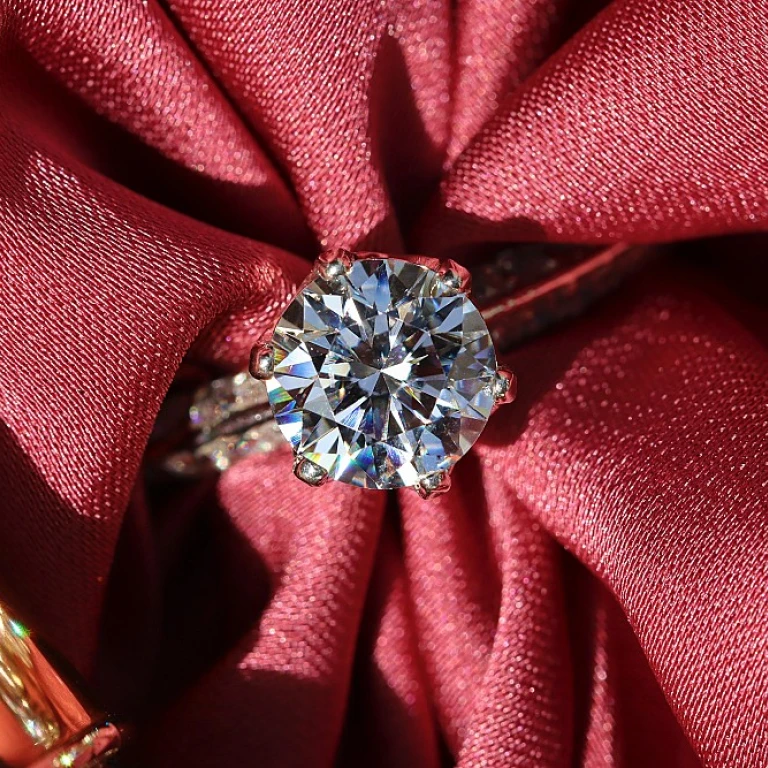
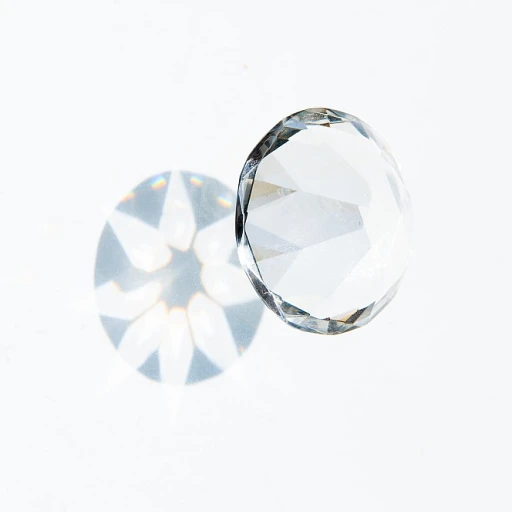
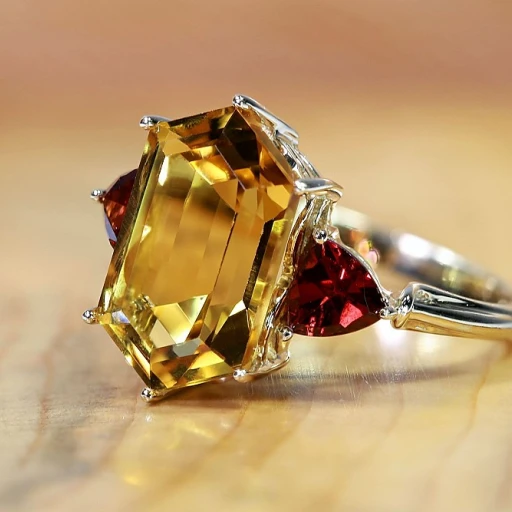
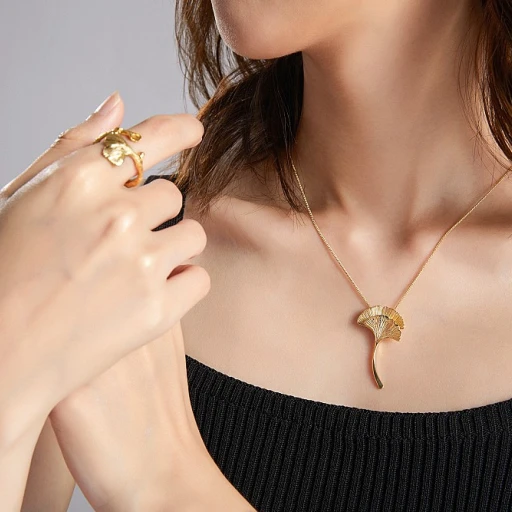
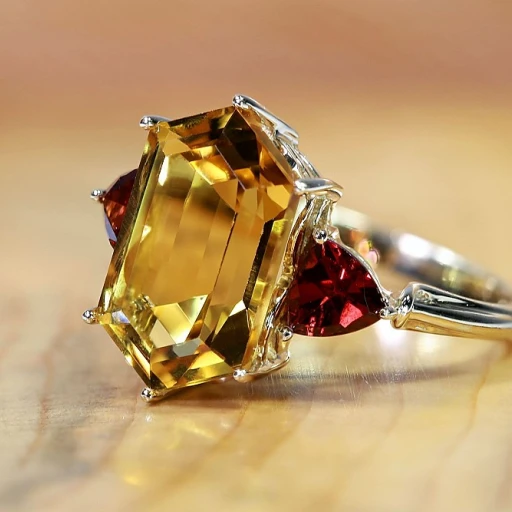
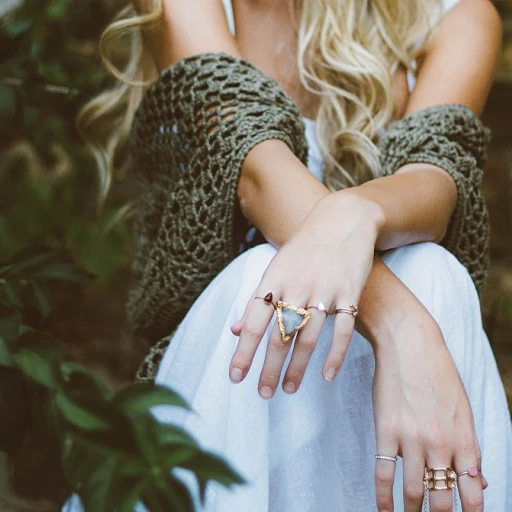
-large-teaser.webp)
